Kendall Square in Boston, US isn’t any ordinary city square. Home to hundreds of startups and offices of large companies like Meta, IBM, and Boeing, it has been dubbed the most innovative square mile on the planet. Contrary to what you might think, its proximity to world-class universities in Harvard and MIT isn’t the only reason for its success. A synergy of open innovation and urban planning has propelled Boston into one the fastest-growing tech hubs globally. Smart cities around the world seek to replicate the city’s success by adopting open innovation processes.
In a world where new technologies and products emerge globally, companies cannot rely on solely their R&D departments to drive innovation and growth. This is where data-driven open innovation comes in. It encourages companies to seek collaborations with external agents in order to efficiently drive innovation.
But why do cities need open innovation? As more startups are being launched year after year, innovation from the private sector is fast outpacing that from the public sector. This requires cities to rethink their roles in order to make the transition to smart cities. Moreover, globalized cities share more or less the same challenges, such as increased traffic, higher pollution, and more safety concerns to name a few. This means that they can adopt solutions devised in some other part of the globe relatively easily.
Closer to home, promoting local startups speeds up development, improves employment opportunities, and accelerates digitization. Further, the open sharing of data required for innovation management practices facilitates the development of promising CivicTech and GovTech solutions.
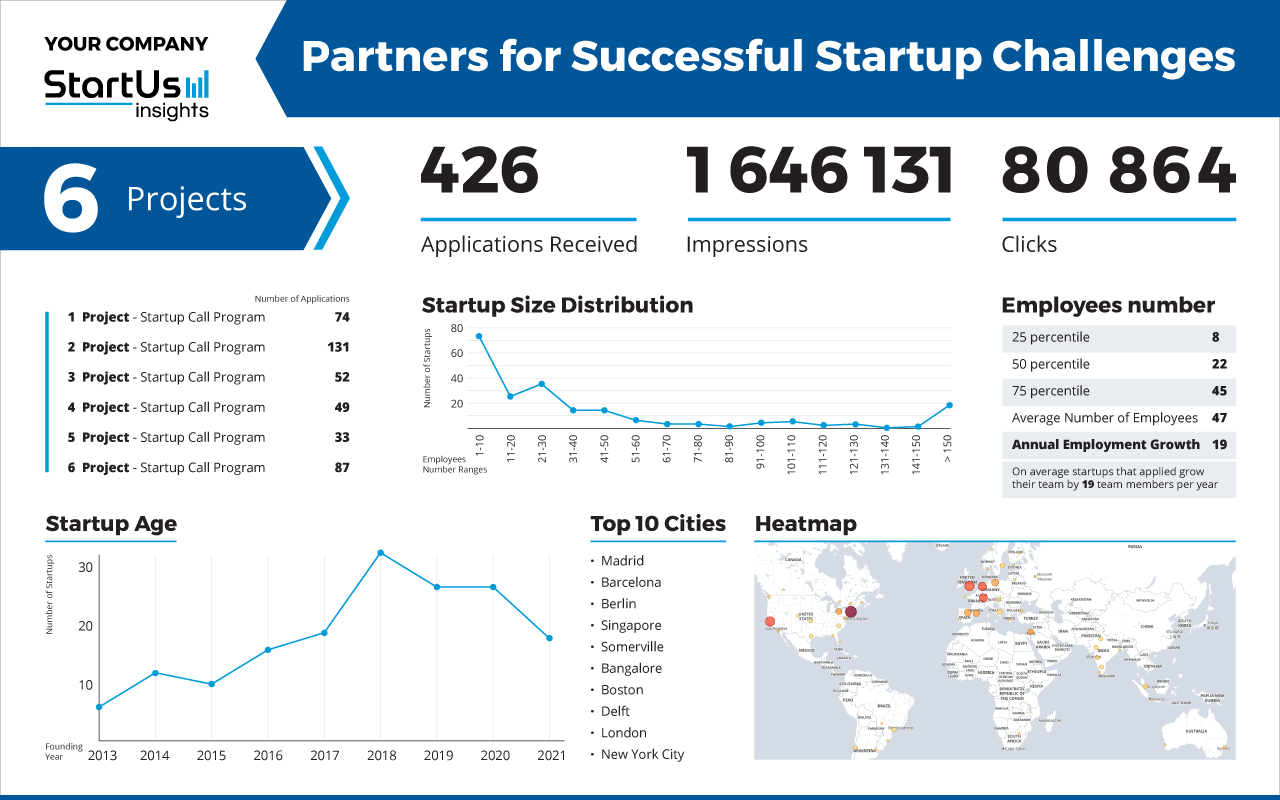
Detailed firmographic information on startups allows smart cities to pick the right startups for their open innovation needs.
Where Open Innovation Intersects with Smart Cities
Open innovation and smart cities have a largely mutualistic relationship. Following are a few ways in which open innovation and smart city innovations go together.
Improved Public Services
Conventionally, public services such as traffic management and water distribution were designed by public officials. However, this paradigm often excluded the people that it is supposed to serve. Participation of a greater diversity of stakeholders allows citizens, local governments, and the startup ecosystem to work together towards shared objectives. This improves the quality of public services and makes them more targeted to the needs of citizens.
Further, by opening up their data, cities foster an environment where startups can prosper. For instance, access to traffic data from public sources allows mobility startups to optimize routes and decongest cities.
Productivity Optimization
Cities, like large companies, are slowed down by bureaucratic inefficiencies. By incorporating external innovations, they can move faster than they would with internal innovation alone. Further, inefficiencies in public amenities such as an overburdened public transport system and lack of access to quality housing also hurt urban productivity. By nurturing solutions that tackle these challenges, cities can improve the quality of life for their residents.
Today, more than 55% of the world’s population lives in cities. By 2050, this is projected to grow to 70% or, after accounting for the growth in population, twice as many people. Accommodating these people while improving already overburdened cities will require massive improvements in productivity. Open innovation is critical for the development of creative solutions that meet this increased demand for higher complexity services.
Real-World Product Testing
Technology startups are fast when it comes to new product development. However, to test these products at scale, they often collaborate with large companies. But for some products and services, even large companies don’t have the necessary infrastructure for “real-world” tests. Cities, on the contrary, own more infrastructure than the largest companies. These include roadways, utility pipelines, and local supply chains with data going back to decades or even centuries in some cases.
By offering their infrastructure to startups and companies, cities and public-owned entities can accelerate innovation. Take autonomous vehicles for example. There is a huge difference between their performance in lab settings and out in the real world. But putting them out on the roads before their safety has been validated requires close collaboration with city governments. By opening up public roads for autonomous vehicle manufacturers, California’s Autonomous Vehicle Program, for example, is making Californian cities the leading hub for innovation in the sector.
Disaster Mitigation
Despite being a crucial component of keeping cities safe, disaster management has traditionally not been a major focus area for the private sector. This is because of the oversized role of the government in providing relief. However, public-private partnerships are becoming increasingly common in disaster mitigation as well. By applying innovations from startups to the topographic and demographic data that cities possess, urban planners are improving cities’ resilience to disasters.
Improvements in disaster mitigation require breakthroughs in telecommunication, mobility, and immersive technologies, among others. These technologies already found widespread use in Industry 4.0, manufacturing, and other industries. Open innovation allows planners to identify how best to utilize them to make cities safer.
Towards Carbon-Neutral Cities of the Future
The United Nations’ Sustainable Development Goals (SDGs) provide a framework on how to improve sustainability. The SDG 11, in particular, focuses on making cities safe, resilient, and sustainable. Startups and companies that advance the SDGs are crucial for cities to meet their net-zero emissions goals by the stipulated timelines.
Some ways in which smart cities and companies work together to enable carbon-neutrality include:
- Economic incentives for industries that lower their carbon footprint.
- Increased digitization to reduce the need for citizens to travel to public offices.
- Smart cooling solutions that lower energy consumption of commercial and residential buildings.
- Micromobility and electric mobility solutions that replace fossil fuel-based solutions.
- Smart buildings that leverage public utility data to drive energy efficiency.
- Apps that allow citizens to track their carbon footprint and take steps to reduce it.
Leverage Data-Driven Open Innovation
Are you a startup or company looking to contribute to smart cities or an urban planner seeking companies to work with? Using a data-driven open innovation scouting approach, we at StartUs Insights offer a range of services enabled by our Big Data and AI-powered Discovery Platform. Some of our services that allow smart cities in their open innovation goals include:
- Startup Programs: Boost startup deal flow through data-driven promotion, direct outreach & storytelling. Reaches thousands of startups & scaleups, making sure you attract the most relevant ones
- Trend Scouting: Identify emerging and latent trends and developments that will impact your city
- Technology Scouting: Reveal emerging technologies that match your innovation goals
- Startup Scouting: Scan over 2,5 M startups & scaleups globally, scouting the right partners for you
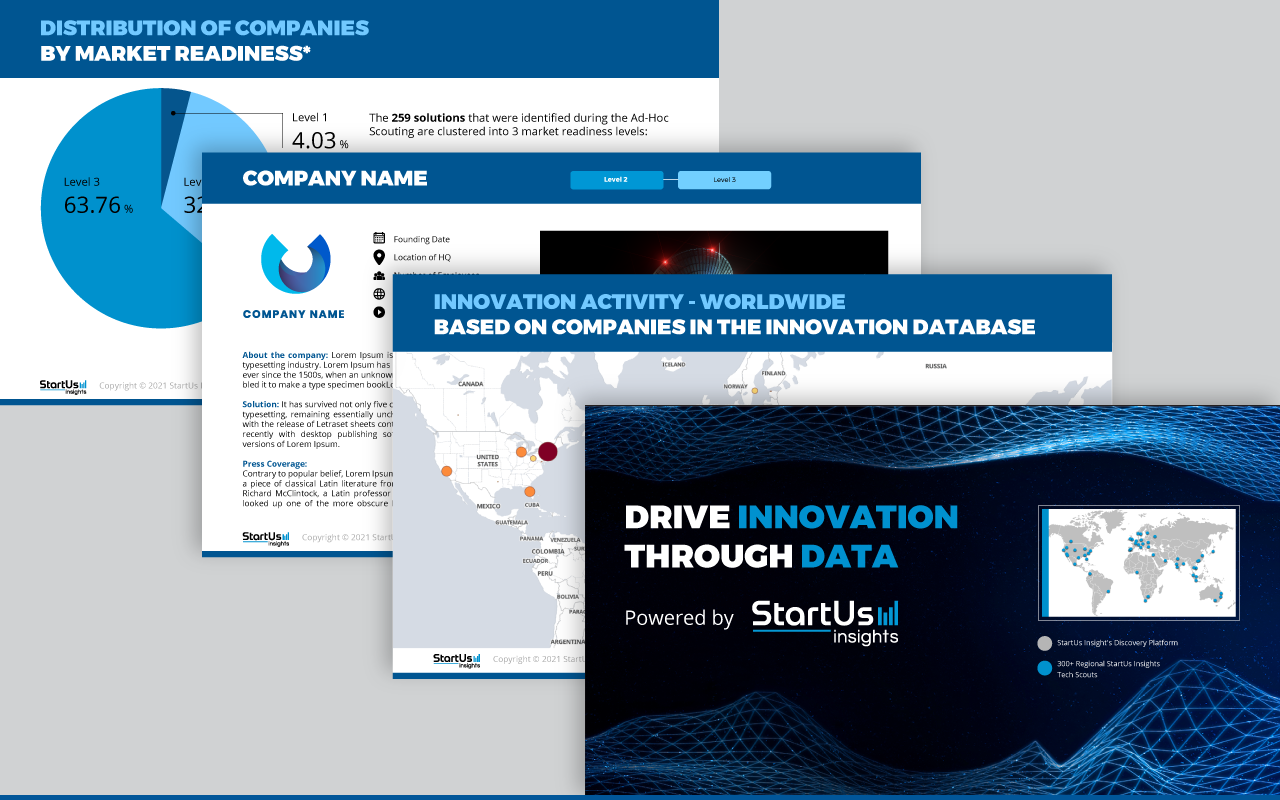
Data-driven open innovation facilitates mutually beneficial collaboration between companies and smart cities.
To discover how you can speed up your open innovation goals for smart cities, get in touch today to identify what’s next!
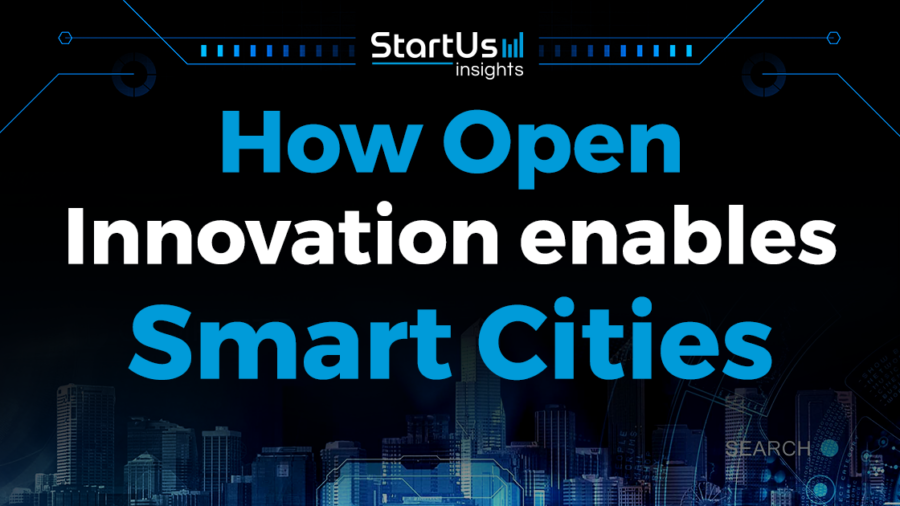

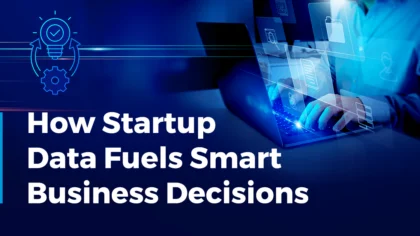
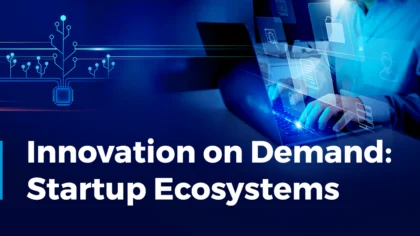
![15 Top Market Intelligence Software Tools [2024] | StartUs Insights](https://www.startus-insights.com/wp-content/uploads/2024/03/Market-Intelligence-Software-SharedImg-StartUs-Insights-noresize-420x236.webp)
![13 Top Female-founded Startups Globally [2024] | StartUs Insights](https://www.startus-insights.com/wp-content/uploads/2024/03/Female-Founded-Startups-SharedImg-StartUs-Insights-noresize-420x236.webp)
